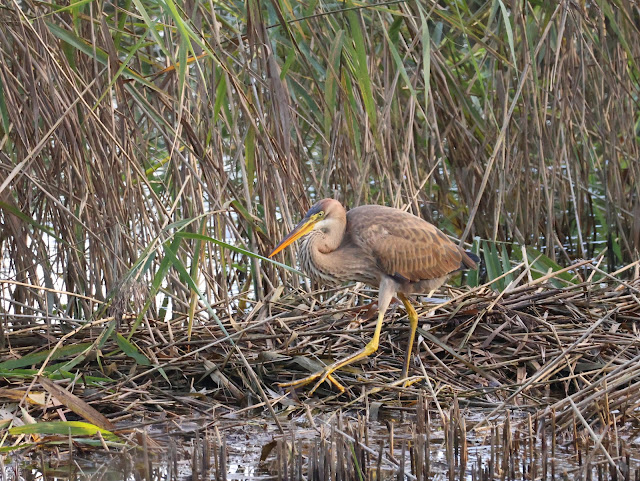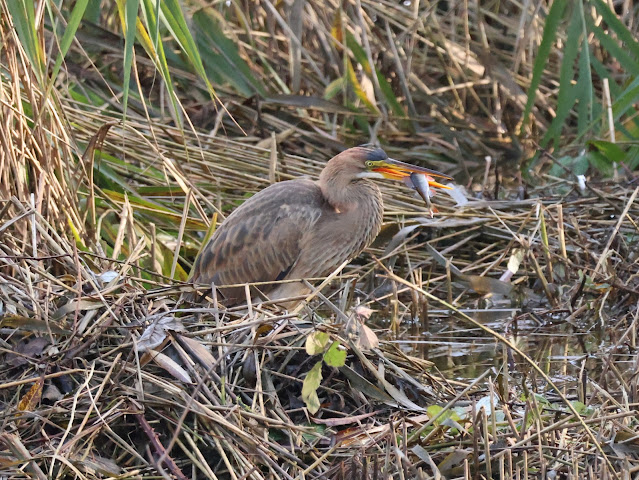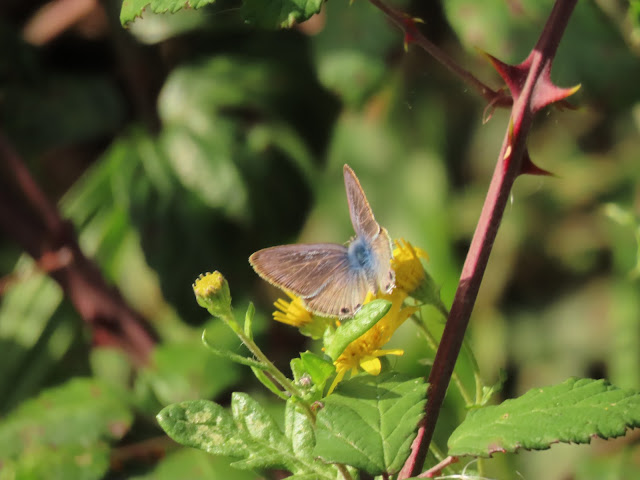A few years ago I became aware that long tailed blue butterflies were now migrating to our shores regularly, and could be seen along the south coast in late summer/autumn. Two of the favoured spots were Brighton Whitehawk hill nature reserve and Lancing Ring which is another reserve further west along the south coast.
This week I've been reading some of the sightings for Sussex butterfly conservation and realised that if i could manage it, this autumn's late summer sun would provided ideal conditions for a visit to West Sussex to see them. I tried to find further details of where to look on Lancing Hill, and found frequent references to a 'chalk pit'' and the 'Ring' .Although I did not know exactly the location of these spots, I know that where butterflies are to be found there are generally other people to ask, so Ihoped for the best!
So, at short notice I booked a hotel room at Arundel and drove down to Sussex on my Friday off. As I prefer to leave early to avoid too much traffic I decided to start the day by visiting Arundel's WWT Centre which would be the sixth WWT centre I've visited. I didn't really expect to see a lot of new birds, but I knew I could buy a decent light lunch in their restaurant! I arrived well before it opened at 10 o'clock, and after wating in my car, went in as soon as the doors were opened. The Centre isn't particularly big and I easily toured the whole sigh within a couple of hours, though without any sightings of note. I didn't have time to try the electric boat ride but I enjoyed the pelican exhibit and the raised pond area, where goosanders and common scoters came right to the edge, almost close enough to touch.
After an early lunch, I then headed to Lancing Ring where I hoped that the warm sunshine would provide me with the butterfly sightings I was hoping for. On reaching the car park, I looked at the map, to see if I could locate the chalk pit where 2 long tailed blues had been recorded on most days this week. I took what I thought must be the correct path but it didn't seem to lead to anywhere that looked a suitable spot so I returned to the carpark. I did see a wall butterfly resting on the path though. How frustrating to have driven all the way to a butterfly site, but not knowing where to look!
My second option was to find the 'Ring' of trees which give the reserve its name. I met some ladies dog-walking, one of whom kindly showed me how to get to the Ring which in fact was a clump of trees. I recalled that the sightings description referred to an area of ash clearance so after asking another lady where that was I ventured down a path bordered by brambles where some new trees had been planted in plastic tubes. Then suddenly I saw a greyish blue butterfly flutter past... had I found my first long tailed-blue? I watched it carefully until it eventually landed on a plant just next to the path. Although rather tatty, I could see the dark spots on its wings which confirmed that it was although the blue colour had very much faded and the tails were m missing!
It flew off and I stopped and waited to see if it would return. Just then a gentleman with binoculars came along and asked me if I'd found what I wanted to see. I said yes and while we talked the long tailed blue re-appeared and settled not too far away from us. When I asked if this was a good spot to look, he said it was but he could show me some other places so I followed him and we found several sheltered areas where as many as three ( all males) were flying together.
In conversation, I mentioned clouded yellows and he said that if I wanted to he could take me to a field margin where there was a good chance of seeing some. It must have been at least a ten to fifteen minute walk, but we had some interesting 'butterfly' discussions on the way. At first we only saw some 'whites' but then after scanning through binoculars he gave a shout that he'd found a clouded yellow , and as it flew towards us and beyond, its golden yellow wings were very much in evidence. Feeling rather elated, that I'd now seen my 49th butterfly species of the year ( my previous records have peaked at 47) , we continued to scan the set aside edges and found a second. However neither stopped anywhere near or long enough for even a record photo.
Returning uphill to our starting point, I told my 'guide' ( who turned out to be the author of the sightings blogs that I'd been reading!), that I'd been unable to find the chalk pit. So he said as he was going there anyway he'd show me the way. It turned out that I hadn't gone far enough along the path I'd taken earlier in the afternoon and if I had continued to walk I would have found a turning to the right signed 'nature reserve'. I could immediately see that this spot might be good for butterflies as it was sheltered and in a dip. However, despite waiting in the area where they were usually seen, no more long tailed blues appeared, which was a bit disappointing for a few other people who joined us at the same time and hadn't yet seen any. Although it was still only half past three in the afternoon, the clouds were beginning to block out the sun and it was probably too late in the day for more butterfly sightings. However, we did see a 'nest' of a wasp spider which was very interesting to look at.
After returning to my car, ready to go to my hotel, I felt pleased that my short trip to Sussex to find long tailed blues had been successful.
nest of a wasp spider
































.JPG)
